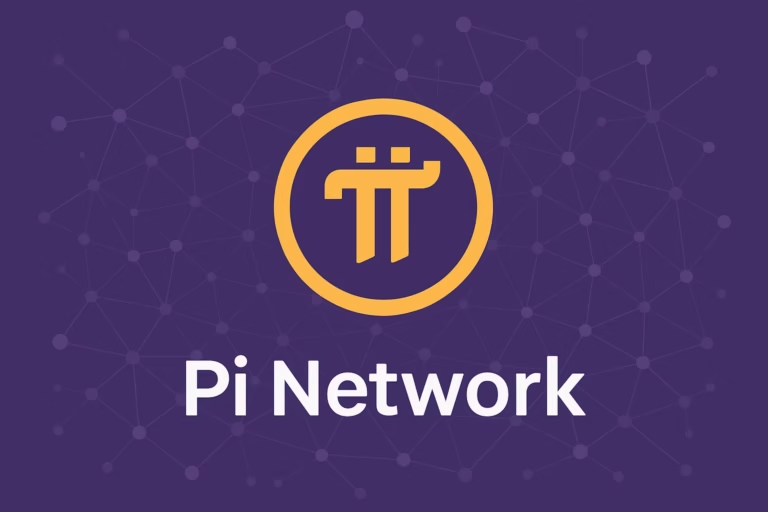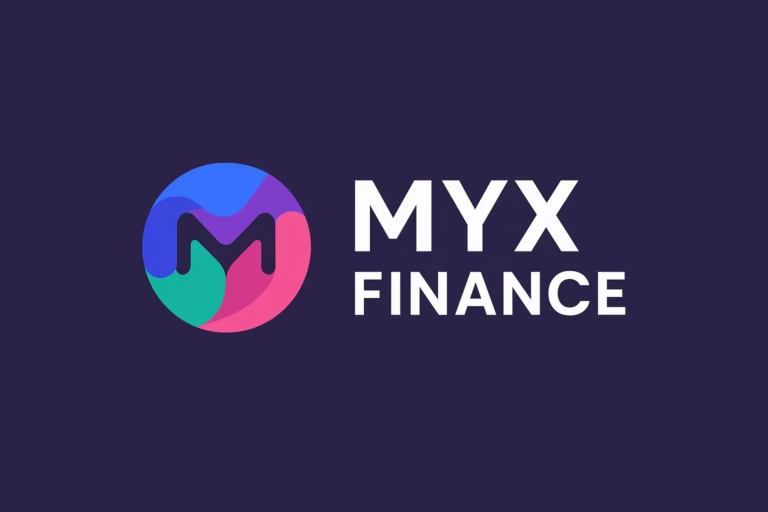
- Solana has faced numerous significant outages since its inception, including extended periods of downtime that disrupted trading and other activities on the network.
- Analysts express concerns about the frequency of these outages and emphasize the importance of ongoing efforts to enhance Solana’s scalability and reliability, with the upcoming launch of the Firedancer solution expected to address some of these challenges.
In the dynamic world of blockchain technology, Solana has surged to prominence with its promise of rapid transactions and minimal fees. Yet, behind this success story, a history of outages has tested its mettle and raised concerns about its durability in the proof-of-stake (PoS) arena.
A Historical Battle with Hours-Long Outages
Since its inception, Solana has grappled with significant disruptions that have halted trading, staking, and lending activities. In September 2021, during Grape Protocol’s token offering, Solana endured a staggering 17-hour outage, marking an early challenge for the network. This incident set a precedent for future struggles, including resource depletion and validation halts.
The tumult persisted into 2022, with six major disruptions from January 6 to 12 alone, triggered by a surge in compute transactions straining network performance. The situation climaxed on January 21 and 22, when a combined 29-hour outage ensued due to overwhelming bots hindering consensus.
1/ The Solana Network is currently experiencing degraded performance due to an increase in high compute transactions, which is reducing network capacity to several thousand transactions per second. This is leading to some failed transactions for users.
— Solana Status (@SolanaStatus) January 6, 2022
As months passed, Solana grappled with continued challenges, including a 2-hour block production halt in April and a 7-hour outage triggered by NFT minting bots. Notably, the Mainnet Beta shutdown on September 30, followed by a 6-hour blackout due to a misconfigured node, highlighted ongoing operational hurdles.
Facing Critique and Assessing the Path Forward
In 2023, while Solana witnessed a 19-hour downtime in February, the remainder of the year was relatively stable. However, this year, Solana encountered a 5-hour outage on February 6, prompting concerns about its reliability.
Max Shannon, an analyst at CoinShares, emphasized that recent transaction failures were due to implementation bugs rather than outages. Shannon acknowledged Solana’s outage history as a drawback but highlighted ongoing efforts within the developer community to address scalability concerns. He cautioned that these fixes might only come to fruition later in the year with the Firedancer scalability solution launch.
However, Roman Levi, CTO of Playnance, expressed a more critical stance. Levi underscored the frequency of Solana’s outages over the past two years and highlighted user experience issues during high network congestion. He described such performance as “unacceptable” for a blockchain aspiring to industry leadership.
The Promise of Firedancer
Despite these challenges, Solana remains committed to enhancing scalability and reliability. Firedancer, poised for release later this year, represents a pivotal solution aimed at bolstering Solana’s resilience and performance under duress.
As the blockchain landscape evolves, Solana’s ability to overcome its historical outages and implement effective solutions will dictate its future trajectory. The journey toward scalability and uninterrupted service is ongoing, underscoring the intricate balance between innovation and operational robustness in the blockchain realm.
In navigating these waters, Solana epitomizes the resilience required to thrive in a rapidly evolving digital ecosystem, where progress is often accompanied by formidable challenges.




